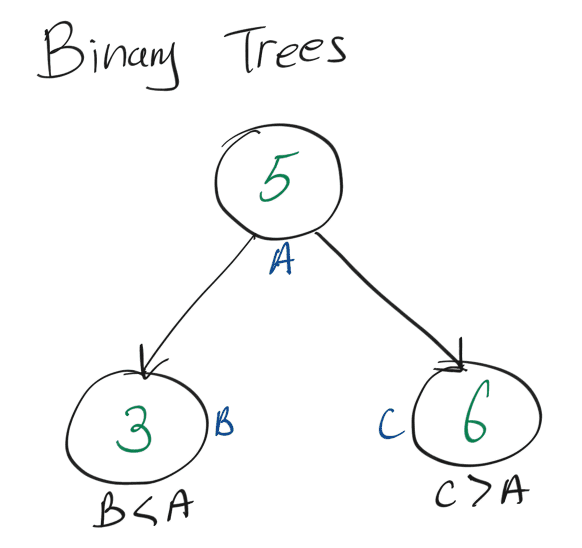- 0. 1/0 Knapsack Problem
- 0. Bike Rental Scheduling
- 0. Max Sum Increasing Subsequence
- 1. Two Sum
- 19. Remove Nth Node From End of List
- 35. Insert Search Position
- 45. Jump Game II
- 53. Maximum Subarray
- 63. Unique Paths II
- 70. Climbing Stairs
- 72. Edit Distance (Levenshtein Distance)
- 75. Sort Colors (Dutch National Flag)
- 78. Subsets (Power Set)
- 136. Single Number
- 141. Linked List Cycle
- 150. Evaluate Reverse Polish Notation
- 160. Intersection of Two Linked Lists
- 169. Majority Element
- 200. Number of Islands
- 210. Course Schedule II
- 215. Kth Largest Element in an Array
- 226. Invert Binary Tree
- 231. Power of Two
- 234. Palindrome Linked List
- 237. Delete a Node in a Linked List
- 279. Perfect Squares
- 322. Coin Change
- 323. Number of Connected Components in an Undirected Graph
- 344. Reverse a String
- 380. Insert Delete GetRandom O(1)
- 383. Ransom Note
- 392. Is Subsequence
- 406. Queue Reconstruction by Height
- 417. Pacific Atlantic Water Flow
- 468. Validate IP Address
- 490. The Maze
- 509. Fibonacci Number
- 518. Coin Change II
- 520. Detect Capital
- 528. Random Pick with Weight
- 690. Employee Importance
- 700. Search in a Binary Search Tree
- 703. Kth Largest Element in a Stream
- 705. Design Hashset
- 706. Design Hashmap
- 733. Flood Fill
- 912. Sort an Array
- 933. Number of Recent Calls
- 994. Rotting Oranges
- 1029. Two City Scheduling
- 1431. Kids with Greatest Number of Candies
- 1436. Destination City
- 1437. Check If All 1's are at Least Length K Places Away
- 1446. Consecutive Characters
- 1447. Simplified Fractions
- .
700. Search in a Binary Search Tree
Last Updated: 2020.06.15
Table of Contents
Resources
Question Source: https://leetcode.com/problems/search-in-a-binary-search-tree/
Iterative: O(log(n)) / O(1)
Intuition
Binary Search Trees have the property that all the children node (down to the bottom) to the left of the parent is smaller than the parent, and all the children node on the right of the parent is greater than the parent:

Since we are given the root of a binary tree, we can traverse the tree based on whether the value of the node is greater than or less than the target:
- If target > node value, go to right child
- If target < node value, go to left child
- If target == node value, return the node
- If the node becomes
Nonethen it means the target node does not exist, and returnNone
Big-O
In the worst case scenario, the time complexity for binary tree search is O(n) because the tree is unbalanced and looks like this:
5
/
4
/
3
/
2
/
1In the above case, we have to traverse every node, so we traverse n times, and have O(n) runtime.
However, for a balanced binary tree like below:
5
/ \
4 7
/ \ / \
2 5 6 9We have O(log(n)) runtime because we only have to traverse the height of the tree, which is log2(n).
Code
# Definition for a binary tree node.
class TreeNode:
def __init__(self, val=0, left=None, right=None):
self.val = val
self.left = left
self.right = right
class Solution:
def searchBST(self, root, val):
node = root
while node != None:
if node.val == val:
print(node.val)
return node
elif val < node.val:
node = node.left
else:
node = node.right
return None
node1 = TreeNode(1,None,None)
node3 = TreeNode(3,None,None)
node2 = TreeNode(2,node1,node3)
node7 = TreeNode(7,None,None)
node4 = TreeNode(4,node2,node7)
s = Solution()
print(s.searchBST(node4,2))Here is a more condensed refactor
# Definition for a binary tree node.
class TreeNode:
def __init__(self, val=0, left=None, right=None):
self.val = val
self.left = left
self.right = right
class Solution:
def searchBST(self, root, val):
node = root
# combine the if statement into while loop
while node != None and node.val != val:
# ternary operater
node = node.left if val < node.val else node.right
return node
node1 = TreeNode(1,None,None)
node3 = TreeNode(3,None,None)
node2 = TreeNode(2,node1,node3)
node7 = TreeNode(7,None,None)
node4 = TreeNode(4,node2,node7)
s = Solution()
print(s.searchBST(node4,2))Recursion: O(n) / O(n)
It's possible to solve using recursion, but it's less intuitive (for me), and it uses more space.
Because the code must recurse through the whole tree, the recursion stack takes up on average O(log(n)) space and at worst O(n) space. See above explanation.
# Definition for a binary tree node.
class TreeNode:
def __init__(self, val=0, left=None, right=None):
self.val = val
self.left = left
self.right = right
class Solution:
def searchBST(self, root, val):
node = root
if node.val == val:
return node
if val > node.val:
return self.searchBST(node.right, val)
else:
return self.searchBST(node.left, val)
node1 = TreeNode(1,None,None)
node3 = TreeNode(3,None,None)
node2 = TreeNode(2,node1,node3)
node7 = TreeNode(7,None,None)
node4 = TreeNode(4,node2,node7)
s = Solution()
print(s.searchBST(node4,2)) # node2